In ancient China, women's headwear was very gorgeous, and in addition to gold and silver jewelry, beautiful flowers were often worn as accessories. In the Song Dynasty, from the court down to the folk, both men and women loved flower hairpins. In this article, let's explore the history of traditional Chinese flower hairpins.
Origin of Flower hairpins
The earliest record of the custom of flower pinning is from the period of Emperor Gaozu of Han, in which Lu Jia wrote in his "Nan Yue Xing Ji" that women in the Lingnan region liked to wear jasmine flowers as hairpins.
During the Sui, Tang, and Five Dynasties period, flower hairpin was very popular among the Central Plains. At this time, society was open, people pursued fashion and novelty, and there was a wide variety of clothing and accessories, including flower pins.
In the painting "Court Ladies Adorning Their Hair with Flowers", we can see that the ladies are wearing peonies, lotus, hydrangea, and other flowers in their hair, which has a unique flavor.
The Tang Dynasty also featured men wearing flower hairpins, and the emperor often rewarded officials and scholars with flowers.
In the Song Dynasty, the custom of flower hairpins was further developed, and not only did the emperor's system of reward flowers gradually improve and refine, but men's flower hairpins was also prevalent among the civilian population.
From commoners to courtiers, all of them liked to wear flowers, which was recorded in Ouyang Xiu's "Luoyang Peony Records": "In spring, both nobles and commoners in the city liked to wear flower hairpins, even those who carried heavy things."
Flower hairpins in the palace
Song Dynasty court women had a wide variety of styles of flower hairpins, and different flowers were made into flower crowns or flower caps to wear, one type was the real flower crown, and the other was the imitation flower crown.
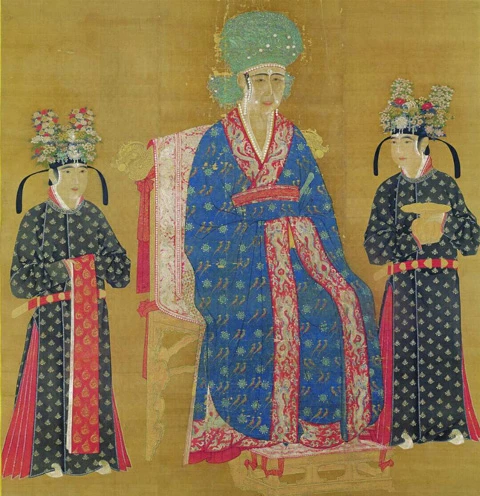
The unique one is the flower crown called "four-season scenery", take Futou with hat wing as the base, embellished with flowers made of silk, or colored paper, and usually in the shape of peach, peony, chrysanthemum, camellia, and other flowers. The maid in "Seated Portrait of Emperor Song Renzong" is wearing this kind of flower crown.
Flower hairpins were also particularly popular at court banquets, presumably beginning in the reign of Emperor Zhenzong of the Song Dynasty, when the emperor would reward his ministers with flowers at court banquets. Princes and vassals were wearing flowers by their chamberlains, while other officials wore flowers themselves.
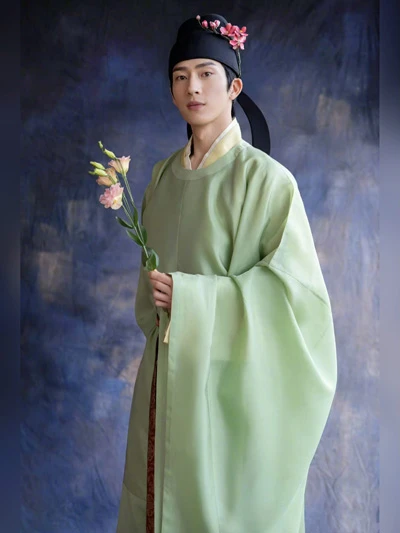
The flower hairpins given at the court banquets of the Northern Song Dynasty were most imitation flowers made of silk, gold, and silver. Sometimes real flowers were also used, such as the peony, a symbol of wealth and good fortune, which was particularly popular in the Song Dynasty.
There is a very famous Song dynasty story about the flower hairpin. In the Northern Song Dynasty, the polymathic scientist and statesman Shen Kuo recorded a "four chancellor & four flowers hairpin" story in "Dream Pool Essays".
In 1045, Han Qi was the governor of Yangzhou, in his garden of the government office, there was a beautiful paeonia lactiflora, which had four flowers on one branch. This kind of flower has red petals on top and bottom, and a circle of golden pistils around the middle. At that time, Han Qi invited his colleagues in the Court of Judicature and Revision, Wang Gui, Wang Anshi, and Chen Shengzhi, to a gathering. While drinking wine and enjoying the flowers, Han Qi cut these four flowers and gave them to the three men respectively. In the following thirty years, the four men who participated in the flower viewing became prime ministers one after another. This is the famous story of the "four chancellor & four flowers hairpin".
To the Southern Song Dynasty, the flower hairpin system in the palace developed more standardized. The color and number of flowers rewarded by the emperor varied according to the official rank. In the important ceremonies related to the imperial family, flower hairpin became a ritual that had to be followed, and gradually became more complicated.
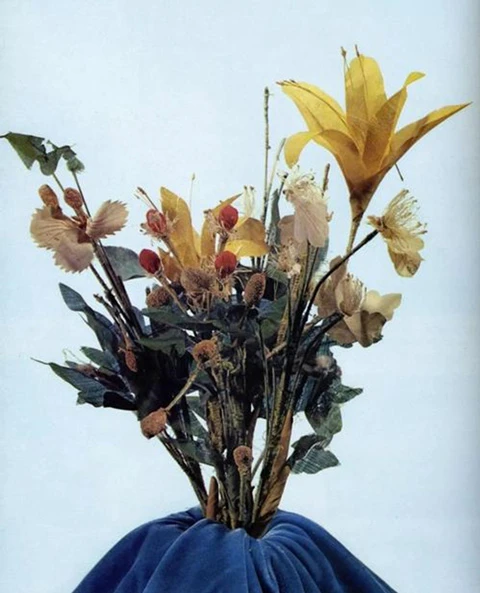
Silk flowers excavated from a Tang tomb in Astana, Xinjiang
Flower hairpins in the folk
Under the influence of the court's aesthetic, the phenomenon of flower hairpins also became popular among the folk. In the mid to late Northern Song Dynasty, flower hairpins became popular among men, women, and children. The folk had to wear flowers on various festivals and occasions, but they were not bound by the cumbersome rules of the court.
Due to the different flowering periods of various plants, people wear different flowers at different times of the year. The plum blossoms at the Lantern Festival, the spiraea thunbergii at the beginning of spring, the jasmine at the Dragon Boat Festival, and the chrysanthemum at the Chrysanthemum Festival. Folk women are also popular to wear flower crowns, which also gave birth to flower crown stores, and craftsmen who specialize in repairing crowns.
Song people loved to wear flowers, and they did not distinguish between young and old. Even when a prisoner was pardoned from prison, the jailer would pin flowers for him. During the Yuan and Ming dynasties, the popularity of flower hairpin gradually declined and it was no longer popular during major festivals and ceremonies. In the Qing Dynasty, there are few documented cases of flower hairpins at the palace and for the literati, and men no longer wear flowers, but there are still certain areas or groups of people who retain the custom of flower hairpins.
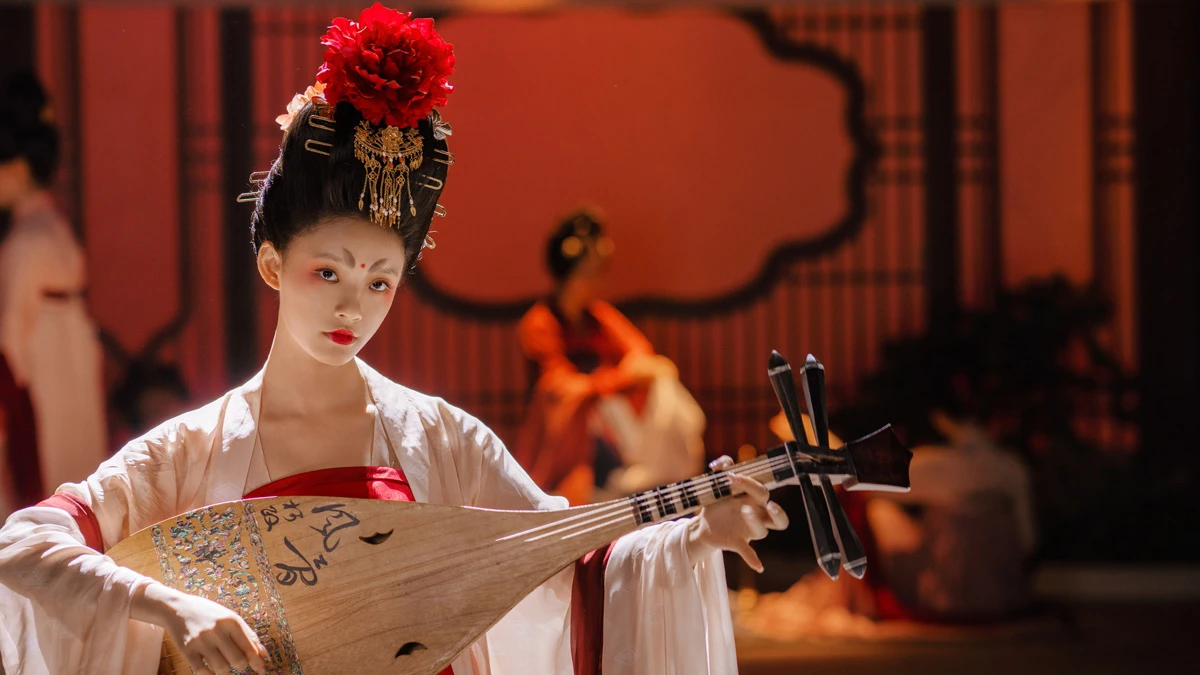

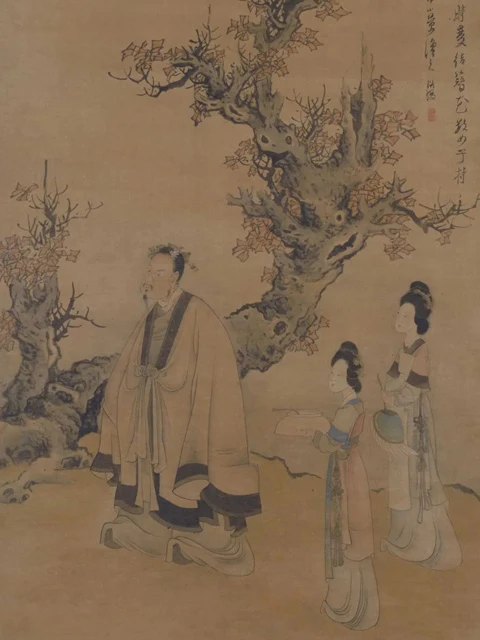
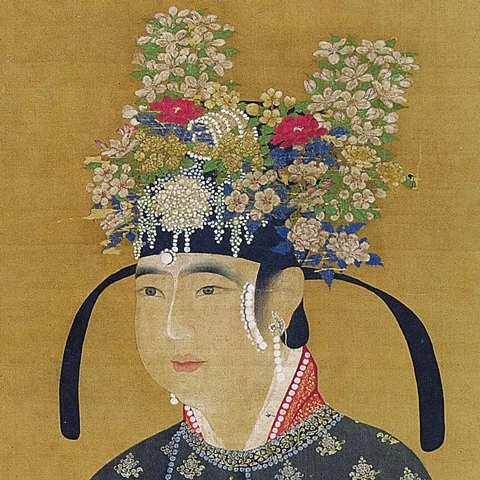
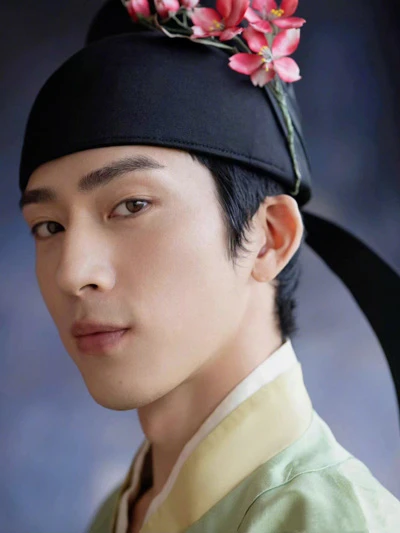
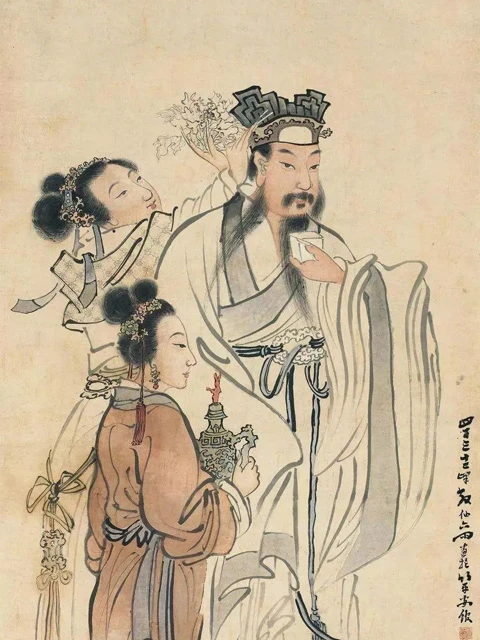
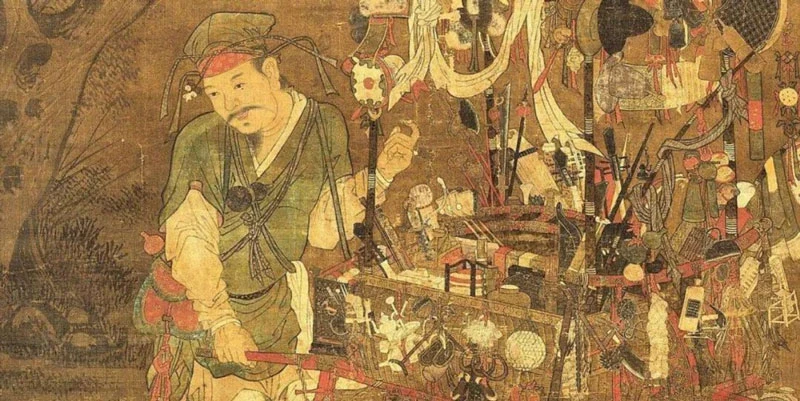
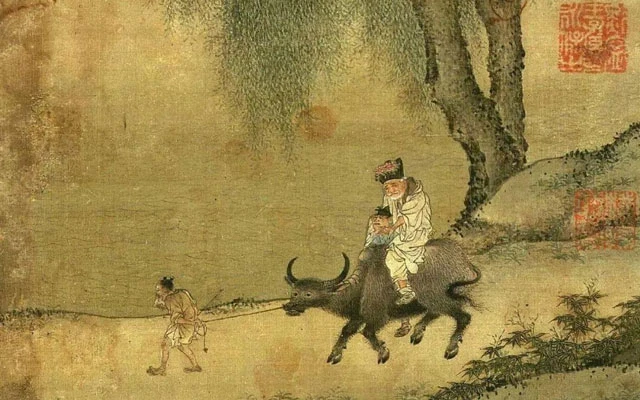


Did different flowers symbolize different things? Like emotions, status, etc? Victorian English people used a flower language, did the Chinese use flowers in a similar way? Any flowers I should avoid wearing because their meanings aren't great? Thank you!
Did different flowers symbolize
I love it 😍
Yes Verry beautiful